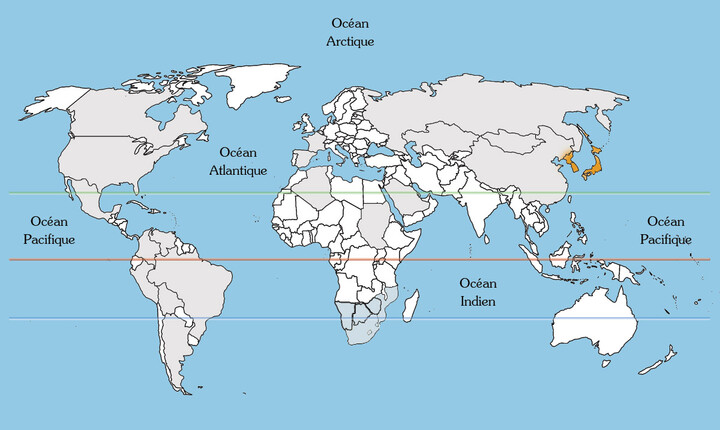Cycas revoluta (Japanese sago palm)
Presentation
An ancient legacy
Cycas revoluta, also known as Japanese sago palm, sago palm, king sago or sago cycad, is a fascinating and ancient plant that adds an undeniably exotic touch to our gardens. This primitive plant, native to southern Japan, is a cycad: an ancient family of seed plants that have existed for millions of years!
Here at our four-star campsite Les Jardins de La Pascalinette ®, we love the Japanese sago palm’s unique aspect and architectural silhouette. It has a short, sturdy trunk, topped with a crown of shiny, leathery leaves that fan out in an attractive spiral pattern. Dark green and stiff, these evergreen leaves add a dash of tropical elegance to our gardens, but beware! If you go looking for trouble, you’ll find it! 😉
An ancient and trendy shrub!
In addition to its pleasing appearance, the Japanese sago palm is a resistant and undemanding plant. It prefers well-drained, sunny soils, but can tolerate some shade. It can also withstand droughts, making it an ideal choice for the hot, dry summers of the Côte d’Azur region.
The Japanese sago palm is often used as an ornamental plant in gardens, parks and landscaped areas. Its exotic appearance and easy upkeep make it a popular choice among amateur gardeners seeking a tropical touch for their garden.
Identity
| Latin name : | Cycas revoluta |
|---|---|
| Family : | Cycadaceae |
| Genus : | Cycas revoluta |
| Species : | Cycas revoluta |
| Color : | Dark green |
| Origin : | Southern Japan |
| Foliage : | Evergreen |
| Port : | Upright shrub |
| Height : | 2 to 5 m outdoors |
| Flowering : | Summer |
Did you know?
Despite their resemblance, the Japanese sago palm is not actually a palm tree!



